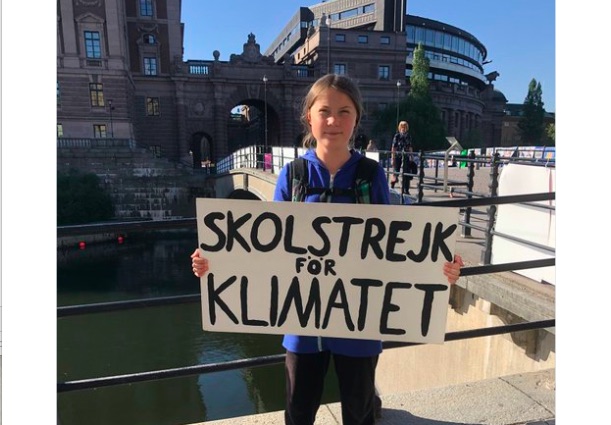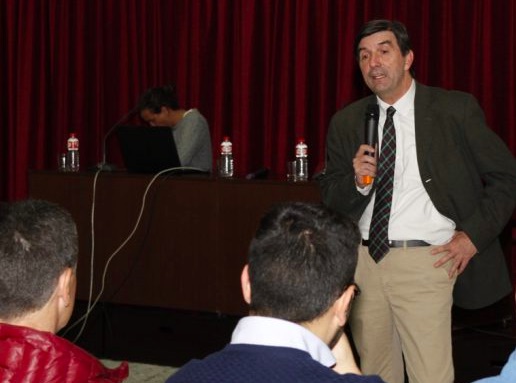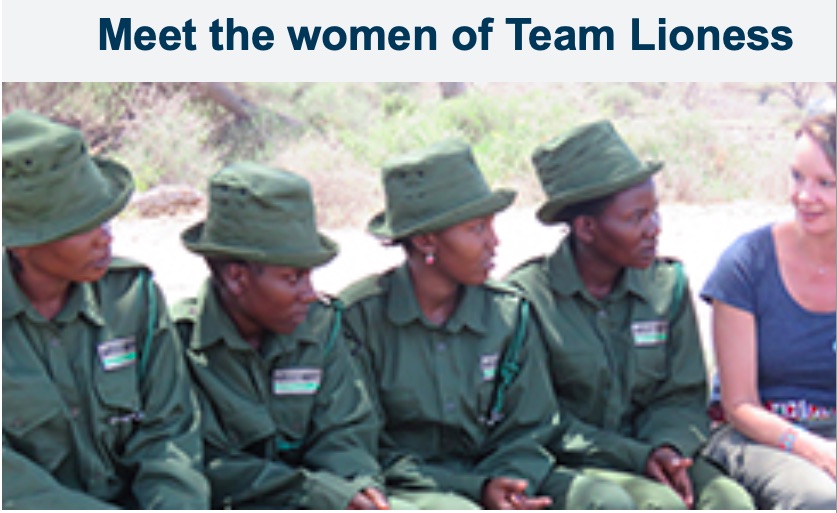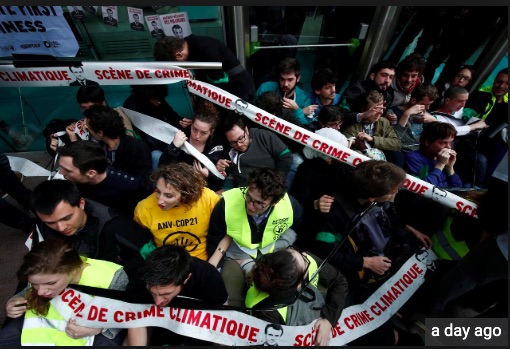. . SUSTAINABLE DEVELOPMENT . .
An article from AVSF, Agronomes & Vétérinaires Sans Frontières
On May 6, 2019, in its report on biodiversity, the IPBES [Intergovernmental Science-Policy Platform on Biodiversity and Ecosystem Services] alerted us about the short-term threat of extinction of nearly 1 million animal and plant species. Agricultural and livestock farming are partly responsible for this disaster, while agroecology and peasant agriculture represent an urgent alternative to preserve biodiversity.

In 2017, we warned of the worrying erosion of agricultural biodiversity: 75% of edible varieties have disappeared in 100 years (FAO). The bulk of human nutrition is based on only 12 plant species and 14 animal species! In the past 10 years, at least one domestic animal breed has disappeared each month (and its genetic characteristics with it), and 20% of the world’s cattle, goats, swine, equine and poultry breeds are at risk of extinction. At cause: the promotion of a productivist agriculture with high capital investment and synthetic inputs, looking for very high yields in the short term. Agroecology under peasant farming conditions is a solution: it relies on agricultural biodiversity, values it while protecting it, and in doing so contributes to the maintenance of biodiversity as a whole.
Agricultural biodiversity is a part of biodiversity that, through agricultural production, contributes to the food of populations as well as the preservation of ecosystems. It is particularly important for maintaining the productivity and resilience of cropping and farming systems in precarious and vulnerable environments. It is this great diversity of plant species and animal breeds adapted to the local environment that guarantees the survival of many peasants from Africa, Asia or Latin America on their farms and pastures, even in difficult climatic conditions and on fragile soils.
In countries of the southern hemisphere, initiatives have multiplied in recent years to upgrade local species and sustainably preserve agricultural biodiversity. These initiatives, often developed at the family farm level, have highlighted the close relationship between food security and biodiversity.
(Continued on right side of page)
(Click here for the original French version.)
(Article continued from left side of page)
Two projects that preserve agricultural biodiversity
In the north of Haiti, small producers are processing quality cocoa, made from old varieties, criollo and trinitario, typical of the Caribbean. Renowned for their finesse and powerful aromas, these beans are mainly intended for high-end chocolate, like the criollo which represents only 5% of world production, and is therefore a sought-after variety. Although chocolatiers are highly demanding, these beans have so far been poorly valued on the world market. Why ? Because these Haitian beans were not fermented, a primordial step that releases the “precursors” of aromas. AVSF has therefore trained producers of FECCANO farmers’ cooperatives in the fermentation techniques of these ancient varieties. Several fermentation, collection and packaging centers were installed for the producers of the 8 cooperatives. A cocoa that is today highly paid on the organic, fair and quality markets in Europe, for the benefit of both producers and biodiversity: grown in the heart of woodland gardens in association with many shade and fruit trees and other crops , cocoa plays an important role not only in food security, but also in maintaining fertility and biodiversity in general.
Throughout West Africa, peasant farming is characterized by the diversity of livestock breeds that it values. These breeds have exceptional adaptive capacities that have earned their durability, as well as resistance to certain parasitic diseases, such as trypanosomiasis, transmitted by tsetse fly and endemic throughout the region. Nowadays, this sustainability is threatened by the disturbing erosion of the diversity of local breeds, increasingly squeezed by introduced breeds for their higher productivity in milk and meat.
In Senegal, AVSF is supporting breeders’ organizations to improve the value of endemic ruminant livestock (the Ndama breed for example) and to demonstrate its competitiveness both in the markets and for the resilience of populations in the face of climatic or economic shocks. This breed is of small size, with good fecundity. Its speed of growth and its satisfactory qualities confer to it undeniable butchery qualities. This valorization is done through the organization of competitions, exhibitions and fairs specific to these species and races.
Through its numerous projects, AVSF has been working with farmers in the South for 40 years to preserve and reclaim agricultural and animal biodiversity and thus ensure their food security and that of the urban populations they feed.
(Thank you to Kiki Chauvin, the CPNN reporter for this article.)




























